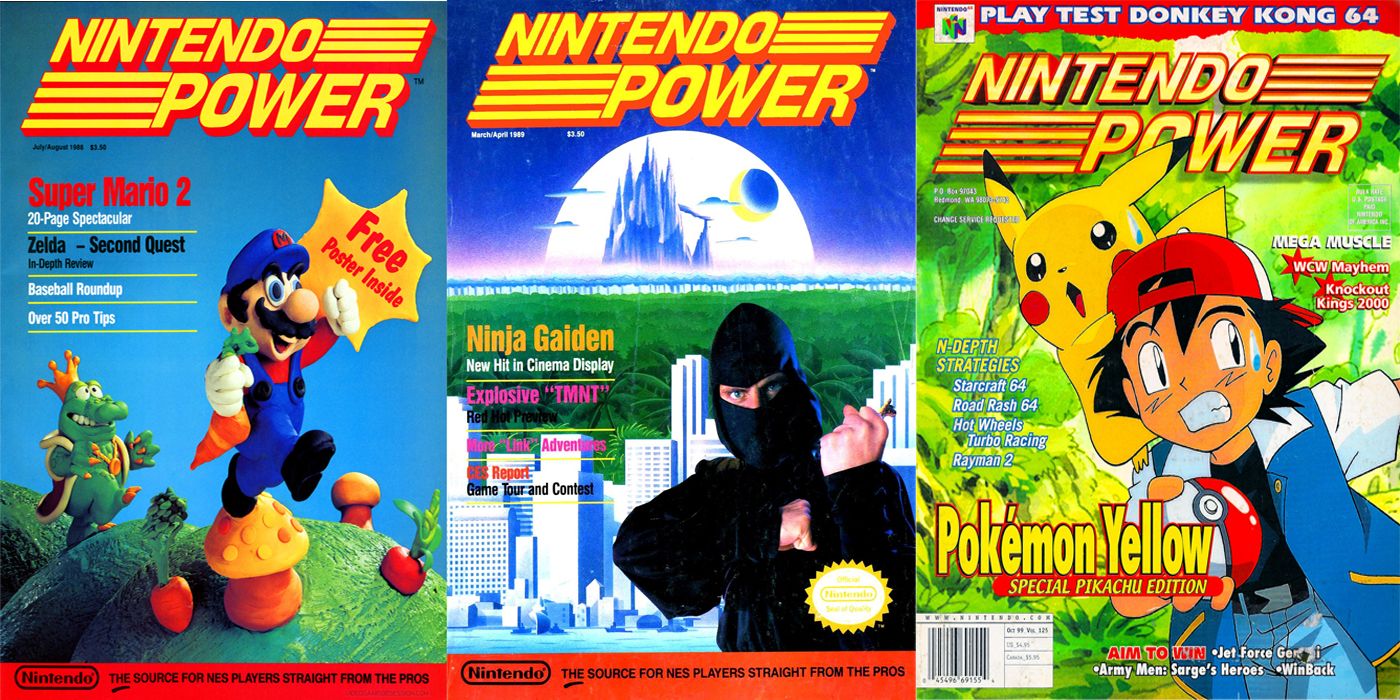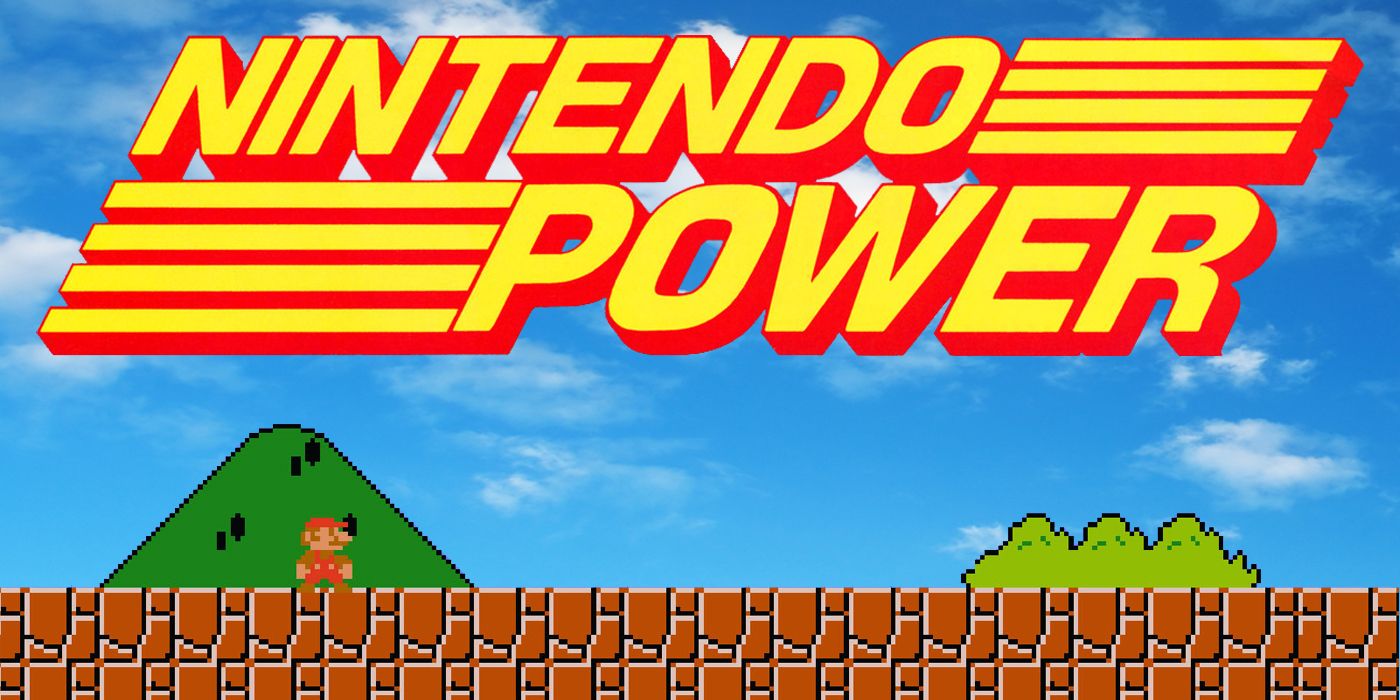Today, video game fandom has (more so than perhaps any other fandom subculture) largely moved into the digital realm via message boards, social media and the multiplayer modes of games themselves. But once upon a time what we now call "gamer culture" was born and nurtured in the world of video game print magazines. There, players not only shared tips, learned news and studied strategies but developed a fan language that endures to this day. And while much of the '80s and '90s gaming mag scene can feel quaint or even cheesy to modern sensibilities, looking back on it can provide both fascinating insight into the foundations of gaming history for younger fans and a welcome shot of nostalgia to those who were there when it was new.
Now, a key part of that history is more easy to experience than ever: Internet Archive has made a massive 13 years worth of classic Nintendo Power Magazine issues available to read and download online.
Originally developed in 1988 as a more robust replacement for the earlier Nintendo Fun Club Newsletter by Nintendo of America, Nintendo Power would ultimately run an impressive 285 issues over 24 years before ending its run in 2012. While created as an in-house product of the Nintendo corporation for the majority of its run, for its final five years the magazine was published independent of Nintendo-proper by Future US. It's final issue, published in December of 2012, included detailed retrospectives and the return of onetime comic strip mascot Nestor - originally depicted as a snarky game-obsessed grade school kid - now shown as a father raising his own gamer son.
Internet Archive's collection currently spans the magazine's landmark debut issue up through 1999's Issue #117, effectively providing a fascinating historical record of gaming culture from the 8-bit era up through the rise of 32 and 64-bit consoles. While obviously skewed to a Nintendo-specific perspective, those interested in the development of the medium can get a firsthand look at how the press, industry and fans of the era experienced the arrival of new technologies like CD-ROMs and the real-time evolution of now-classic series like Super Mario Bros, The Legend of Zelda, Mega Man, Castlevania, Pokemon and more.
While not as prized for its reviews as publications like Electronic Gaming Monthly or GamePro were in the same era, gaming historians often note that Nintendo Power played a key role in turning coverage of industry trade shows and technological developments into as much a part of mainstream "fan culture." Those looking to venture into the archive will find such vintage curiosities as a phone number gamers could call to get help from live "game counselors" and serialized comic stories fleshing out the plots of Mario, Zelda and Metroid games - collected editions of which are highly sought-after collectors items today - along with columns featuring feedback and fan-art that effectively functioned as a "prehistoric" version of modern social media.
While often the butt of jokes and looked down upon by much of the "independent" gaming press in its heyday (the magazine was, after all, effectively a monthly commercial for Nintendo and Nintendo-backed products that wore its biases on its sleeve), the "golden age" of Nintendo Power is today fondly recalled for quirky design and layout sensibilities that set it apart from its competitors and for the careful cultivation of the "Nintendo Fan" identity that today forms the basis for a substantial swath of the retro-gaming revival movement. And with an experimental new Nintendo NX console on the horizon along with a live-action Pokemon movie in development, archives like this can provide invaluable context for those looking to explore these properties in their more humble beginnings.
Nintendo Power Magazine, through issue #117, is available on Internet Archive.
Source: Internet Archive


